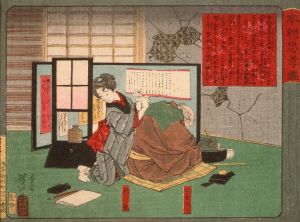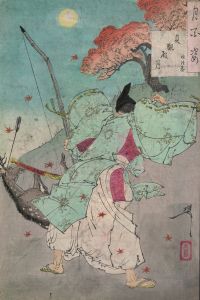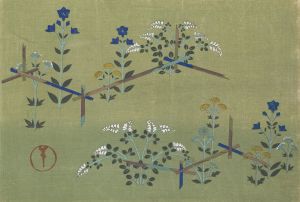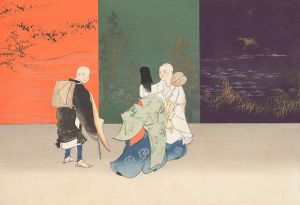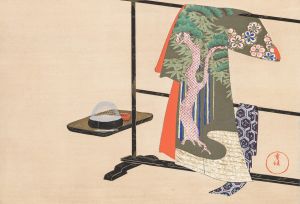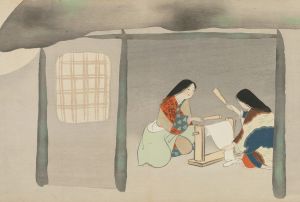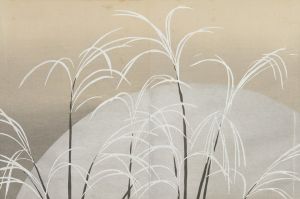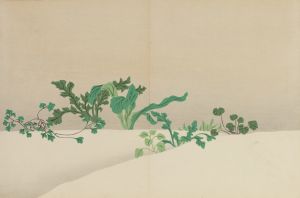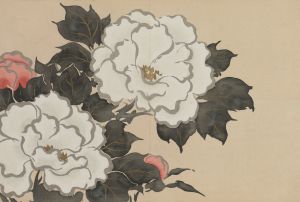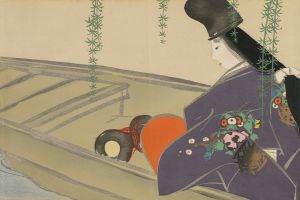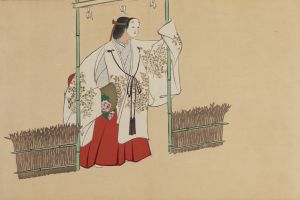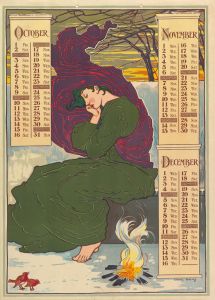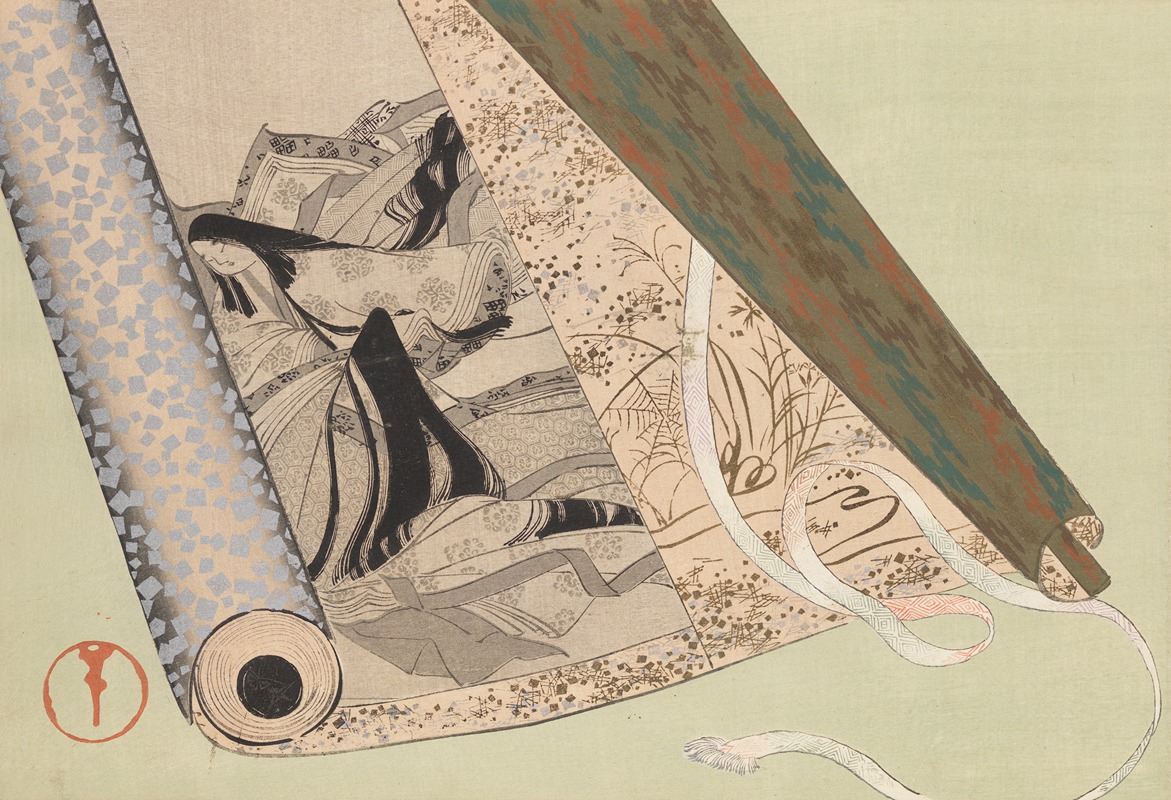
A Thousand Grasses Pl.24
A hand-painted replica of Kamisaka Sekka’s masterpiece A Thousand Grasses Pl.24, meticulously crafted by professional artists to capture the true essence of the original. Each piece is created with museum-quality canvas and rare mineral pigments, carefully painted by experienced artists with delicate brushstrokes and rich, layered colors to perfectly recreate the texture of the original artwork. Unlike machine-printed reproductions, this hand-painted version brings the painting to life, infused with the artist’s emotions and skill in every stroke. Whether for personal collection or home decoration, it instantly elevates the artistic atmosphere of any space.
"A Thousand Grasses Pl.24" is a notable artwork by Kamisaka Sekka, a prominent Japanese artist and designer from the late Meiji period and early Taisho period. Kamisaka Sekka (1866-1942) is widely recognized for his contributions to the Rinpa school of painting, which is known for its vibrant colors, bold patterns, and integration of traditional Japanese aesthetics with modern influences.
Sekka was born in Kyoto, Japan, and began his artistic training at a young age. He studied under several masters, including Kishi Kokei and Suzuki Kiitsu, who were influential in shaping his artistic style. Sekka's work is characterized by its innovative use of color, composition, and incorporation of both traditional Japanese motifs and contemporary elements.
"A Thousand Grasses Pl.24" is part of a larger series of works that reflect Sekka's fascination with nature and the changing seasons. The series, often referred to as "Momoyogusa" (A World of Things), was published in 1909 and consists of numerous plates that depict various plants, flowers, and natural scenes. Each plate in the series showcases Sekka's mastery of design and his ability to blend traditional Japanese art forms with modern sensibilities.
In "A Thousand Grasses Pl.24," Sekka employs a combination of delicate brushwork and bold, stylized forms to create a dynamic composition. The artwork features an array of grasses and plants, rendered in a way that emphasizes their natural beauty and intricate details. The use of color is particularly striking, with vibrant greens, yellows, and blues that bring the scene to life. Sekka's attention to detail and his ability to capture the essence of the natural world are evident in this piece.
The Rinpa school, to which Sekka belonged, has its origins in the early 17th century and was founded by Hon'ami Koetsu and Tawaraya Sotatsu. The school is known for its decorative style, which often includes the use of gold and silver leaf, bold patterns, and a focus on nature and seasonal themes. Sekka's work is considered a continuation and revitalization of the Rinpa tradition, as he brought new life to the style through his innovative approach and modern influences.
Sekka's contributions to Japanese art extend beyond painting. He was also a skilled designer and worked in various mediums, including textiles, ceramics, and lacquerware. His designs often featured the same attention to detail and vibrant colors that characterize his paintings. Sekka's influence can be seen in the work of many contemporary Japanese artists and designers, and his legacy continues to be celebrated today.
"A Thousand Grasses Pl.24" is a testament to Kamisaka Sekka's artistic vision and his ability to harmonize traditional Japanese art with modern elements. The piece remains an important example of the Rinpa school's enduring influence and Sekka's unique contribution to the world of Japanese art.





